You probably shouldn’t try this at home. There’s no telling how your kitchen will fare — or if you will remain sober.
I refer to the ancient Andean practice of making chicha de jora, or corn beer. The process takes a couple of weeks. The ingredient list is short: yellow corn, flour, herbs, water and a little chicha to kick-start fermentation.
I collected the recipe this spring during a press trip to Peru hosted by that nation’s Inkaterra hotels.
We were guests at the group’s five-star Hacienda Urubamba, in the Sacred Valley of the Incas, when our dance card included chicha-making.
Luxury as a backdrop
Chicha-making is one of several activities included in room rates at Inkaterra properties. The group’s five properties offer adventure/nature/ecofocused experiences against the backdrop of luxury accommodations (near-luxury in the Amazon basin), spa services and some very fine food. Our group stayed at two five-star properties, both Virtuoso members.
The lobby at the Hacienda Urubamba. Photo Credit: Nadine Godwin
• Hacienda Urubamba. This 10-year-old, 40-unit hotel — between Machu Picchu and Cuzco — is 9,776 feet above sea level, providing guests with stunning views of mountains and the Sacred Valley. Several Inca sites are nearby, as are picturesque villages, colorful markets and handicrafts of interest.
The hotel’s architecture mimics a colonial-era hacienda. Design elements — wall hangings, Inca masks, handcrafted woodwork — are inspired by history and local arts. The resulting look is enriched in the dining room and lobby area by floor-to-ceiling windows, reminding visitors again of the area’s beauty.
Hacienda Urubamba’s 100-acre site includes an organic plantation, farmed using traditional hand tools and oxen. It produces New World foods — corn, potatoes and quinoa — ultimately served to guests.
Twenty-eight units are 484-square-foot, stand-alone casitas accessible by foot or a motorized cart operated by staff. Besides terraces with those sweeping views, casitas offer fireplaces, sitting/dining areas, remarkably spacious bathrooms and flat-screen TVs.
Larger than casitas, suites in the main building range from 495 to 958 square feet. For the ultimate in spacious luxury, the hotel combines Suite and Superior rooms to create its Owners Quarters, one at 1,076 square feet accommodating four and another at 2,045 square feet for six.
Even the smallest rooms (258 to 344 square feet) feature sitting/dining areas and terraces. All units receive housekeeping services three times daily and, quaintly, a turndown service with hot water bottle.
The lounge area at the Machu Picchu Pueblo Hotel. Photo Credit: Nadine Godwin
• Machu Picchu Pueblo Hotel. Opened in 1991, this property, at 6,627 feet above sea level, is located in the surprisingly charming little tourist town of Machu Picchu Pueblo.
The hotel layout imitates a village and occupies 12.3 acres of a private preserve in the cloud forest below Machu Picchu Mountain.
The Inkaterra “village” counts 83 whitewashed casitas plus dining halls, spa and lounges, a tea plantation and the world’s largest collection (372 species) of orchid plants. Tea-making is among activities included in room rates, and the property’s tea is served at Inkaterra hotels.
All room types include decor featuring local crafts, a dining area, environmentally friendly toiletries, turndown with hot water bottle plus fireplaces in most cases.
Top of the line are two Villas Inkaterra (3,154 square feet), which come with 24-hour private butler service. The Villas Inkaterra as well as the two Suites Inkaterra (1,894 square feet) and five Suites (1,259 square feet) have heated plunge pools and private gardens.
Chefs emphasize local ingredients, including organic vegetables from the property’s grounds. There are two on-site restaurants, but under the Private Dining program, guests may book private meals in their rooms, in select lobby areas or in the wine cellar.
Conveniently, the hotel is next to the railroad station. Furthermore, guests can walk to the bus that goes to the Machu Picchu archaeological site. For those not trekking, trains are the only way into town. The trains have weight limits, so Inkaterra holds its guests’ larger bags for a convenient pickup after they leave town.
A suite in Inkaterra’s 16th century manor house La Casona, a Relais & Chateau property in Cuzco. Photo Credit: Nadine Godwin
Accolades for Inkaterra
The 50-year-old Inkaterra won U.N. recognition in 2021 as the world’s first climate-positive hotel brand.
Nearly two-thirds of Inkaterra business originates in the U.S. Its properties range from the four-star Hacienda Concepcion in the Amazon basin to the protected 16th century manor house La Casona, a Relais & Chateau property in Cuzco.
La Casona, with 11 suites, is a step back in time, with its classic courtyard, finely carved woodwork and period furnishings. It’s also a door to modern comforts, with a spa, fine dining space, heated floors and smartly outfitted bathrooms. A bonus: It’s a short walk to Cuzco’s main square.
Inkaterra will add a sixth property in Cabo Blanco on the northern coast by early 2026. The inventory also includes two properties operated under a separate brand, named ByInkaterra.
Aside from buffet breakfasts, meals are a la carte. We sampled local specialties — alpaca, guinea pig and quinoa — but ceviche won our hearts. But not just ours: Unesco in 2023 recognized Peruvian ceviche as part of the world’s intangible cultural heritage.
Average rates, based on double occupancy, at Hacienda Urubamba ($600 per night with breakfast) and Machu Picchu Pueblo Hotel ($500 per night with breakfast and dinner) also include on-property activities, tea time, special promotions at cocktail hour, a welcome drink (purple chicha at Urubamba) and 10% tip.
Inkaterra-organized Machu Picchu visits are $150. Other extras include ceremonies overseen by a shaman, which must be booked ahead, and spa services.
Agents can book through a local DMC or directly at sales@inkaterra.com.

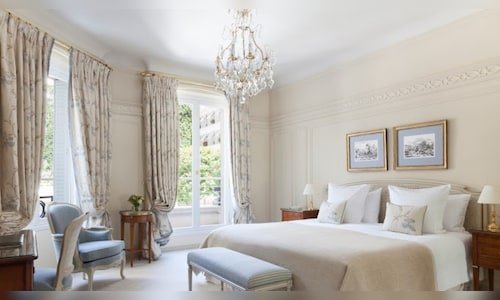








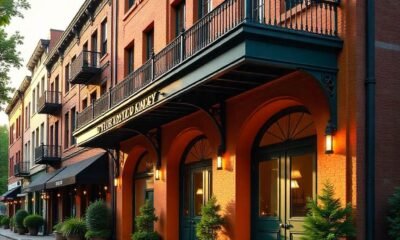

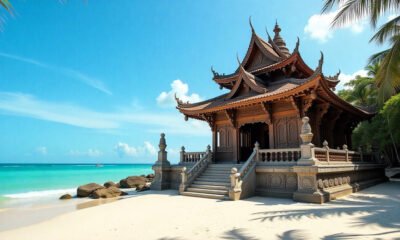

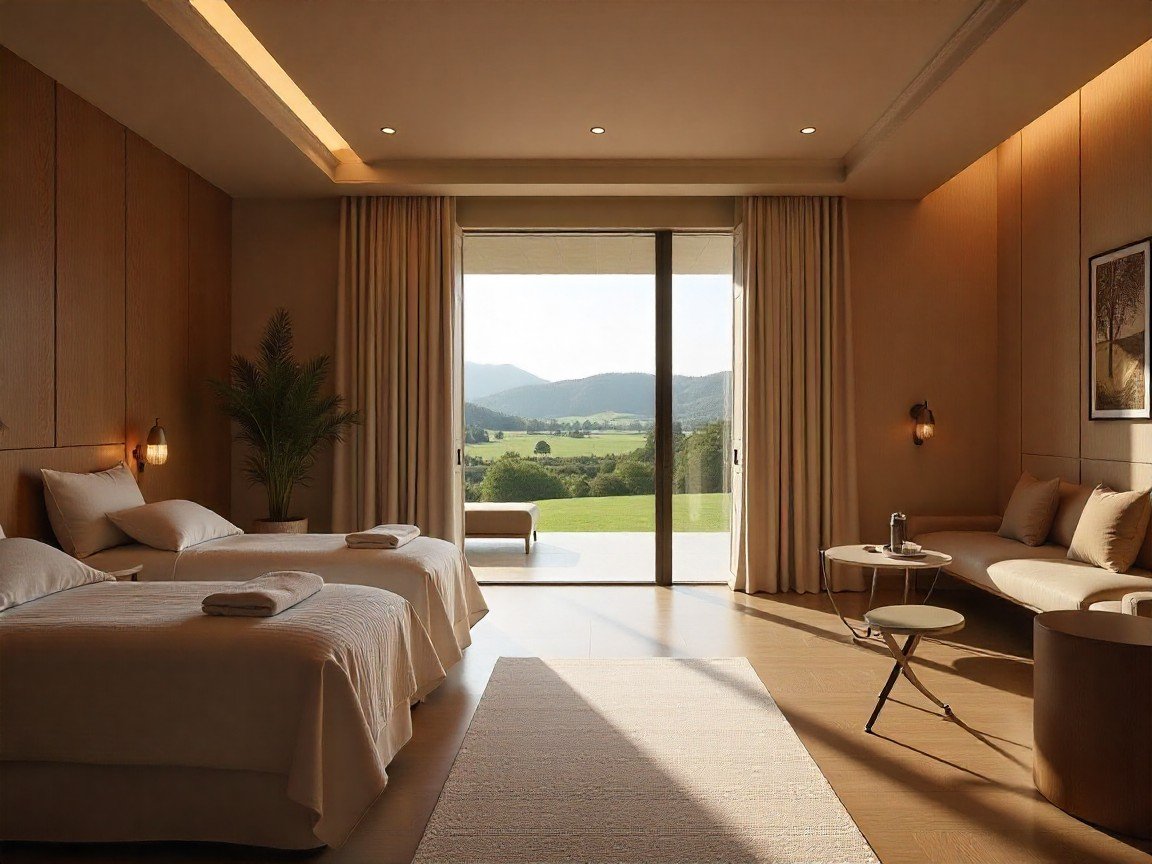

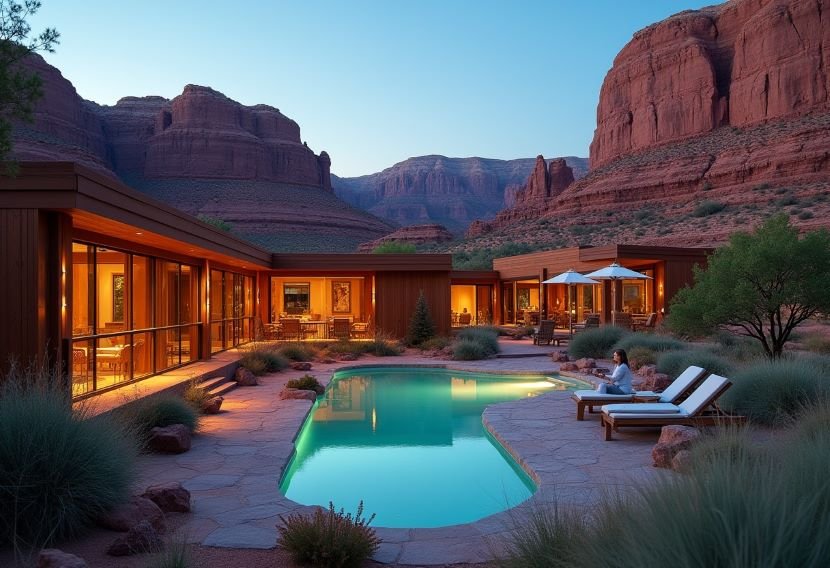




















You must be logged in to post a comment Login